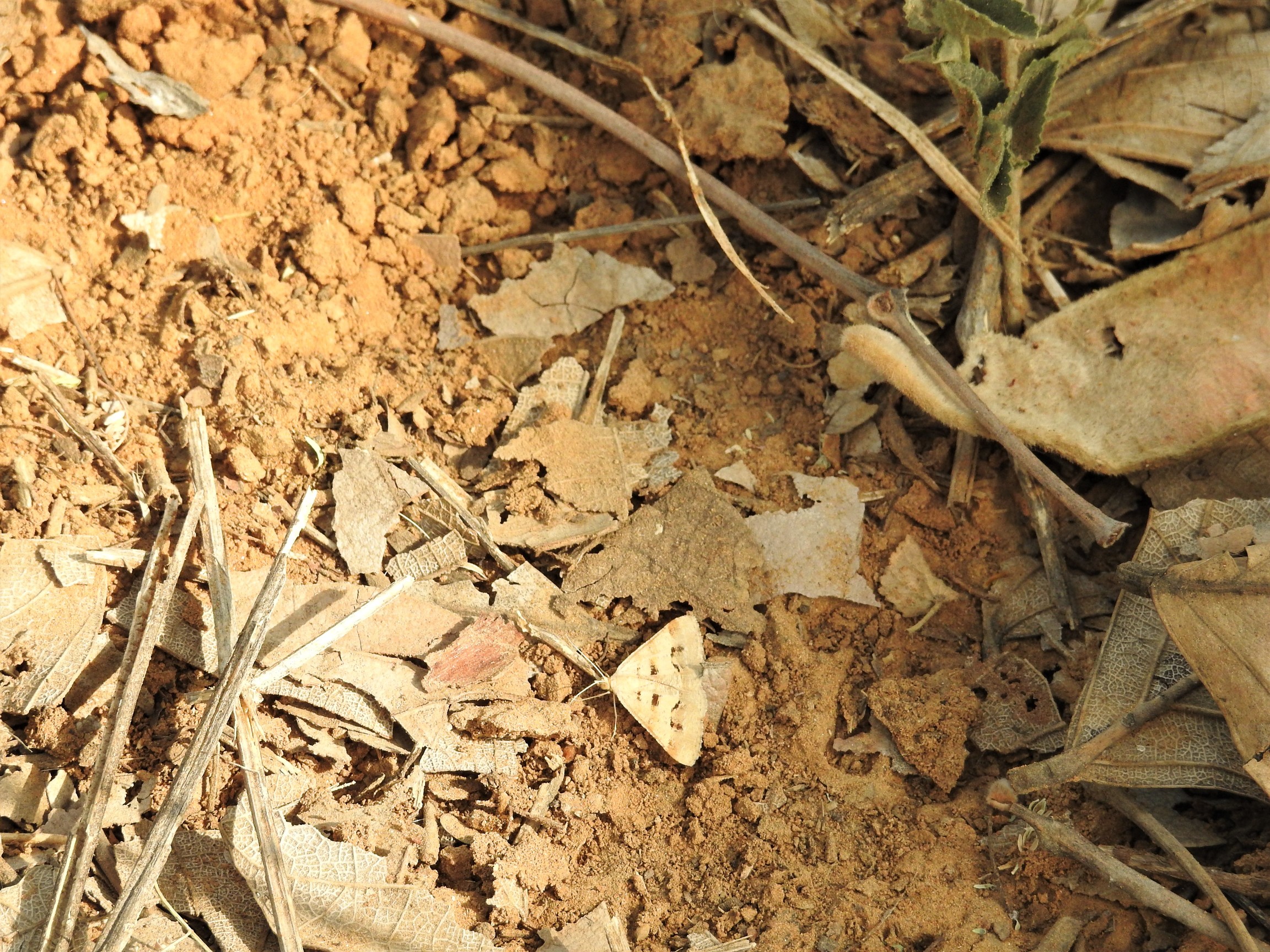The forest floor is a laboratory for species, growing, pushing, competing, nurturing …
We often use metaphors from nature to justify our worst impulses. ‘Rat race’ and ‘dog eats dog’ refer to cut-throat competition. It is true that species do compete. But they also collaborate


If you look at the forest floor, you may not see much.
Some browning, decaying leaves, a fine film of fungus, the odd insect.
Yet, there is much more to see: the forest floor is a laboratory for species, growing, pushing, competing, nurturing. Moths fold their wings quietly, looking like a leaf — a browned leaf, with age spots, a filigree of fine veins, and the stillness of a fallen object on the floor of the moving, great forest. Beetles rush past.
Grass and vegetation grow with infinite patience. Waste matter — old logs of wood, faeces, dead plants — are efficiently recycled or digested. And in this dense leaf litter, scientists recently found a new species of snake. The snake sat between fallen logs, burrowing, camouflaged scale by scale. This new species, from Arunachal Pradesh, is the Trachischium aptei. And that’s not all. The ‘lifeless’ forest floor also yielded another new species: a pit viper, a strikingly orange venomous snake. This was named the Trimeresurus arunachalensis, with its name dedicated to Arunachal.
That’s two new snakes from just one state of India for 2019. Two things become evident. One, nature is full of surprises; and even the ‘dirty’ ground is a beautiful arena of life. Wildlife is still being discovered; a treasure we should be proud of. Two, as India goes through a plethora of protests that search for an identity, environmental protection should be part of nation-building.
This is also because nature has many lessons for people.
We often use metaphors from nature to justify our worst impulses. ‘Rat race’ and ‘dog eats dog’ refer to cut-throat competition, for example. It is true that species do compete. But they also collaborate — across species, across types (such as insect and a flower) and across geopolitical borders.

When walking in the city, like many other young women, I am often uneasy. That’s because I don’t know what can happen, living in a society torn apart by violence against women, crime and misplaced aggression. Walking in the forests though is an exercise in mindfulness and one that is far more peaceful.
Why would I say that – when there are venomous pit vipers in leaf litter, or tigers in the grass? It is because nature has rules, and a wildlife-lover who knows these rules will likely be unharmed. You have to give wild animals space and respect their boundaries. This is reciprocated by the fact that wild animals too exercise discretion and are not usually looking to attack you. I have walked into tigers, leopards, rhinos, cobras and elephants in the wild. I was respectful, and the animals were too. It almost seemed like they had a code of conduct. Jim Corbett called the tiger a ‘large-hearted gentleman’, describing the big cat as a dignified creature which will not attack just like that.
That’s an important lesson for a world consumed by hate and the self-feeding monster of aggression: you may have the power and the strength, but that’s no reason to exercise it.
Nature’s second lesson is even closer to my heart: there is more productivity with more diversity. Ecosystems that have more diversity are more productive — that is, they have more ecosystem and biodiversity services. A stand of trees of the same species will produce less services as compared to an area with many kinds of trees.
Like the forest floor, an area with trees is not just about trees. There will be ferns growing under the canopy. Moss on the tree trunks. Insects and flowers and birds will collaborate to form a union which we know as pollination and germination.

India’s national tree is the banyan. The banyan fruits throughout the year —producing a small red fig. That fig, and the very existence of the banyan, is a collaboration between a wasp that lays eggs inside the fig and the tree itself. The female that enter the figs pollinate it; later, her young will emerge. To put it simply, the massive Banyan would just not exist without the tiny wasp; nor would the wasp.
Other harmonies are also in the air. Langurs and Chital deer warn each other if the tiger is coming. Aphids, a small insect, seek protection from predators (such as ladybirds). Ants protect the aphids. In return, the ants are offered a milky substance to eat by the aphids. Trees are known to help each other through their roots — passing nutrition from fungal connections to each other.
I often wonder what would happen if the natural world were less meek. What if each insect turned on us, stinging, biting or attacking? We would be hopelessly outnumbered, drowned by the million. Luckily, very few insects want to actively bite us. Ladybirds will buzz past like little machines, butterflies float like snatches of song, dragonflies will hover like helicopters — at safe distances. Wild animals use force sparingly; even as nature forms myriad collaborations.
On a recent visit to the river Yamuna, I thought of the river full of dolphins. Once, there must have been dolphins in this mighty Ganga tributary, where I stood. The Gangetic dolphin, named after the Ganga, evolved to be blind, living in a river rich with sediment. The dolphin adapted to the silt in the waters; and it continues to adapt to the burdens we add to it.
It is like the water and mammal collaborated, to create something new – a dolphin that ‘saw’ things only through echolocation.
Across India, different groups and customs create new aspects which add to the unique bouquet of the country. Collaborations and partnerships are formed — between logs and snakes, ants and aphids, monkeys and deer, and different communities of people. People will let go of the fact that a tiger has eaten a young cow, because “tigers must eat”, and they will often embrace other people peaceably, in the big banyan tree that is India.
Many large-hearted gentlemen (and gentle people) walk among us. Both nature and history show us these are the qualities our civilisation should embrace.

